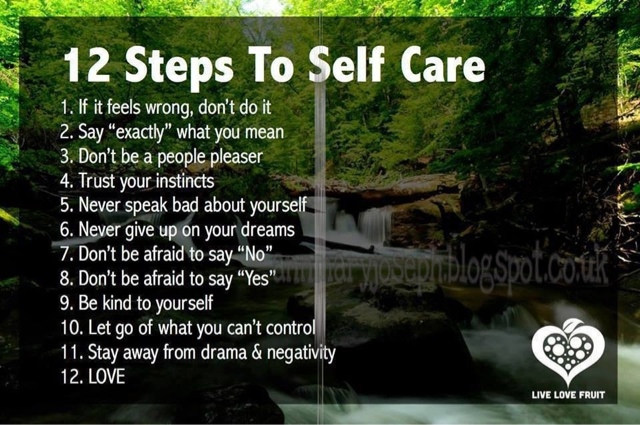Here is how you can make use of this “Magic tube”:
Tooth paste as a hand sanitizer
Want to make your hands germ free? Take a drop of toothpaste and mix it with a little water, apply this mixture to your hands. The mixture would not only work as a disinfectant but would also help you get rid of the dreadful smell of the onions and garlic if you have diced one.
Piano Cleaner
Constant tickling on the ivory piano keys can turn them dirty. You can clean them up, the same way you clean your teeth. All you need is a brush and toothpaste, brush the keys of the piano well and then rub them with a damp cloth. If toothpaste can work on human teeth, it can also work well on elephant’s teeth (ivory). Toothpaste is equally good as a cleaner for modern pianos with plastic keys.
Fix Nail Holes
We know nail holes make your walls look bad and you might need some professional help to fix them. Wait! Try toothpaste. You can easily fill the nail holes with toothpaste, let it dry and touch it up with paint. Problem solved!
Excellent Stain Remover for Clothes
Ink, lipstick, ketchup! Dropped them on clothes? Don’t worry! Toothpaste will make these stains vanish in a minute. Just apply some tooth paste on these tough stains, scrub them, rinse well and poof! They are gone.
You can even clean up your carpet stains with the help of toothpaste in the same way.
Quick Remedy for Pimples
Need a quick remedy to treat those pimples? Simple! Apply toothpaste on the pimple at night and wash it in the morning. By morning, it will be gone. Toothpaste effectively absorbs the oil from the pimples, making them dry and flattens them. Keep in mind that this remedy shouldn’t be used more than once a week as it can make your skin over dry. Also do a patch test before applying as some people might get skin irritation by using it.
Makes your CDs Scratch less
Oops! There’s a scratch on your important CD. No problem! Put some toothpaste on it and wipe it off with a piece of clean cloth.
Tooth paste as Jewelry and Cutlery Cleaner
Now you don’t need to take your gold and diamond jewelry to the jewelry store to get them polished when you have toothpaste at your home. Take some toothpaste and brush your piece of jewelry with an old tooth brush, rinse with water. It will make them sparkling clean. You can clean up your silver cutlery in the similar way.
Can serve as your shoe polish
Toothpaste can serve as your shoe polish. It can help remove scuffs from your leather shoes. Apply some of it on the area that has been scuffed and rub it with a soft piece of cloth, then wipe off with a clean damp cloth. Your shoes will turn good as new. It can also clean the rubber area of your fleets or sneakers.
Works as crayon remover from walls
Your little one has been showing his art skills by drawing on the walls? Now you don’t need to cover that with paint. Just apply a little toothpaste on the area where crayons have been used and rub it with a damp rag.
Deodorize Baby Bottles
Baby bottles develop sour milk smell after being used constantly. To deodorize your baby’s bottle use a little toothpaste and scrub it really well with the bottle brush. Make sure you rinse it thoroughly afterwards.
Effective for Burns and Insect Bites
People working in kitchen usually get their fingers or hands burnt. Unfortunately, if it happens next time, put some toothpaste on the affected area. The key component, Eucalyptus found in toothpastes will soothe the burns. (Personal experience)
Insect bites are causing you itchiness? Apply some toothpaste over it. Toothpaste works well for flea, ants and mosquito bites.
Nail Cleaner
Next time you can do your manicure at home. At least you won’t need a professional help to fix your nails. The teeth and nails are made up of similar material. So just the way you clean your teeth you can clean your nails as well. Just switch your tooth brush with a nail brush and clean up those nails thoroughly.
Works as a Defogger
Professional swimmers use toothpaste to defog their swimming goggles. Just apply some toothpaste and rub with a clean damp cloth, they will turn clear.













